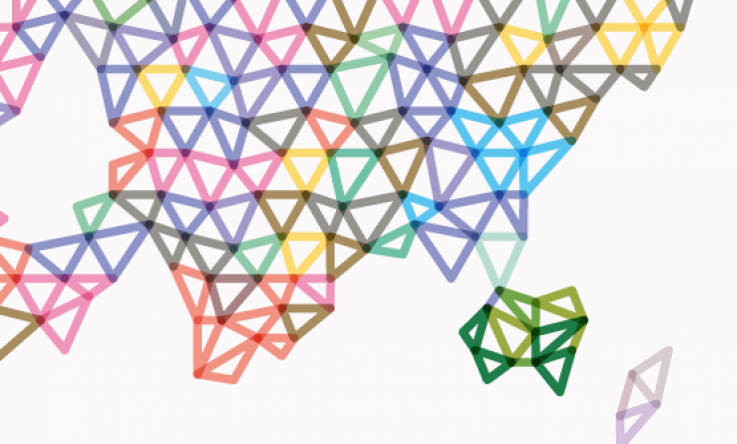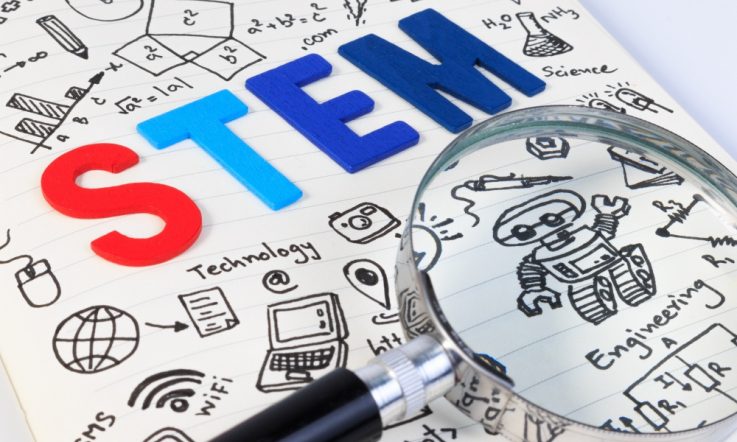Australian results from the first of two major international education studies have been called a ‘cause for grave concern' after they indicated Years 4 and 8 student achievement in mathematics and science has flatlined over the past 20 years.
The Trends in International Mathematics and Science Study (TIMSS) – conducted every four years – shows that while many other countries have improved, Australian performances have largely stagnated. At Year 4, Australia was outperformed by 21 countries in maths and 17 in science and at Year 8 by 12 countries in maths and 14 in science.
TIMSS 2015: A first look at Australia's results was released today by the Australian Council for Educational Research (ACER). TIMSS is an international comparative study of approximately 630 000 students across participating countries.
Director of Educational Monitoring and Research at ACER, Dr Sue Thomson says Australia's performance in TIMSS 2015 is a wake-up call. ‘ACER's report reveals that, relative to other countries, we are actually slipping backwards.
‘Not only that, but the continuing slide in students' mathematical and scientific achievement is occurring at a time when the economy and an increasing number of occupations are requiring graduates with advanced skills in science, technology, engineering and mathematics.'
The report shows that between one-quarter and one-third of Australian students did not achieve the TIMSS Intermediate international benchmark to apply basic mathematical and scientific knowledge in simple situations in Year 4 and apply basic mathematical and scientific knowledge in a variety of situations in Year 8.
At the same time, the highest performing countries including Singapore, Korea, Hong Kong, Chinese Taipei and Japan made steady improvements, while countries like Canada, England, Ireland, Northern Ireland and the United States also improved and now outperform Australia.
Results at a glance
Number of countries/economies that performed significantly higher than Australia:
Year 4 maths: 21
Year 4 science: 17
Year 8 maths: 12
Year 8 science: 14
Number of countries/economies that performed at a similar level to Australia:
Year 4 maths: 7
Year 4 science: 12
Year 8 maths: 5
Year 8 science: 4
Number of countries/economies that performed significantly lower than Australia:
Year 4 maths: 20
Year 4 science: 17
Year 8 maths: 21
Year 8 science: 20
International comparisons
- In Year 4 mathematics, Hungary and the Czech Republic, which performed similarly to Australia in 2011, outperformed Australia in 2015. Kazakhstan, which performed lower than Australia in 2011, outperformed Australia in 2015.
- In Year 8 mathematics, Kazakhstan, which performed lower than Australia in 2011, outperformed Australia in 2015.The Russian Federation and Ireland, which performed similarly to Australia in 1995, and the United States, England and Slovenia, which performed lower than Australia in 1995, have since improved to perform better than Australia in 2015.
- In Year 4 science, Slovenia and Croatia, which performed similarly to Australia in 2011, outperformed Australia in 2015. Singapore and England, which performed similarly to Australia in 1995, and Hong Kong, Slovenia and Hungary, which performed lower than Australia in 1995, have since improved to perform better than Australia in 2015.
- In Year 8 science, the United States, Hungary and Sweden, which performed similarly to Australia in 2011, outperformed Australia in 2015. Slovenia, the Russian Federation, Ireland and Hong Kong, which performed similarly to Australia in 1995, outperformed Australia in 2015, with Slovenia achieving a place in the top five performing countries in Year 8 science in 2015.
Australian state and territory results
- In Year 4 mathematics, the Australian Capital Territory outperformed all jurisdictions except Victoria, while students in the Northern Territory performed at a level significantly below students in all other jurisdictions, with 51 per cent of students not attaining the Intermediate international benchmark, which is the proficient standard for Australia.
- In Year 8 mathematics, the ACT and VIC outperformed QLD, TAS and the NT, but were not significantly different to students in WA, NSW and SA, while students in the NT performed at a level significantly below students in all other jurisdictions.
- In Year 4 science, the ACT outperformed all jurisdictions, while students in the NT performed at a level significantly below students in all other jurisdictions. In fact, 42 per cent of NT students did not reach the Intermediate international benchmark, which is the proficient standard for Australia.
- In Year 8 science, the ACT outperformed all jurisdictions except VIC and WA, while students in the NT performed at a level significantly below students in all other jurisdictions, with 53 per cent of students not reaching the Intermediate international benchmark, which is the proficient standard for Australia.
Indigenous students' results
- In Year 4 mathematics, Indigenous students attained an average score of 446, which is 74 score points lower than the average score for non-Indigenous students of 520. One per cent of Indigenous Year 4 students performed at the Advanced international benchmark for mathematics, compared to 10 per cent of non-Indigenous students.
- In Year 8 mathematics, Indigenous students attained an average score of 438, which is 70 score points lower than the average score of non-Indigenous students of 508. Again, 1 per cent of Indigenous Year 8 students performed at the Advanced international benchmark for mathematics, compared to 7 per cent of non-Indigenous students.
- In Year 4 science, Indigenous students attained an average score of 463, which is 63 score points lower than the average score for non-Indigenous students of 526. Two per cent of Indigenous Year 4 students performed at the Advanced international benchmark for mathematics, compared to 8 per cent of non-Indigenous students.
- In Year 8 science, Indigenous students attained an average score of 453, which is 62 score points lower than the average score for non-Indigenous students of 515. One per cent of Indigenous Year 8 students performed at the Advanced international benchmark for science, compared to 8 per cent of non-Indigenous students.
Results by gender
Internationally, there was no difference in mathematics achievement between female and male students at both Year 4 and Year 8. While small, there was a significant difference in science achievement internationally at Year 4 in favour of female students. However, on average, internationally, female students significantly outperformed male students in Year 8 science.
What does this mean for Australian educators?
According to Thomson, these results are ‘cause for grave concern'.
‘Australia has remained in the middle of the pack in the past 20 years, when other countries are improving. Not only that, but a substantial proportion of our students are below the Australian proficient standard, with roughly half of students in remote areas at or below that level. Clearly, we have a problem,' she says.
‘If we want to see improvement in the next 20 years, we need a real commitment by our policymakers to implement coordinated, sustained and interconnected strategies to improve student performances, including by reducing disparities between schools and by making teaching more attractive to highly able school leavers.'
Thomson say results for the 2015 round of PISA (Programme for International Student Assessment) tests for 15-year-olds, published next week, will provide further information about the current state of Australian education.
Where to find more information:
TIMSS has measured trends in maths and science achievement every four years since 1999. The 2015 results marked Australia's sixth cycle in TIMMS.
TIMSS is a project of the International Association for the Evaluation of Educational Achievement (IEA) and is directed by the TIMSS International Study Center at Boston College. ACER manages the implementation and reporting of TIMSS within Australia.
The full Australian National Report on TIMSS, which will examine achievement more fully and incorporate analytical findings, will be released in 2017. For further information and to download TIMSS 2015: A first look at Australia's results, visit www.acer.edu.au/timss
Stay tuned: Results from the 2015 Programme for International Student Assessment (PISA), which examines the reading, mathematical and scientific literacy levels of 15-year-old students, will be released at 9.00pm AEDT Tuesday 6 December 2016.



